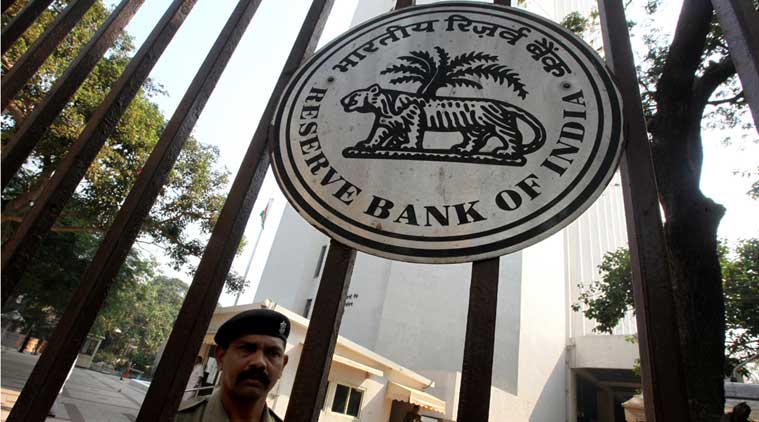
RBI to bring P2P lending under regulation soon
By ENS Economic Bureau for Indian Express
P2P lending is the practice of lending money to individuals or businesses through online services that match lenders directly with borrowers.
Reserve Bank Deputy Governor R Gandhi on Monday said the central bank will soon come out with a concept note on peer-to-peer lending (P2P) and the contours of its regulations will be finalised in consultation with market regulator Securities Exchange Board of India (Sebi).
“A concept note on P2P lending will be put up on the RBI website for public comments shortly,” Gandhi said at an NBFC event organised by industry body Assocham. Based on the feedback, the contours of P2P lending will be decided in consultation with the Sebi, he said. “Sebi has come out with a paper from the securities market side, from the lending and borrowing side we will come out with a paper.” P2P lending is the practice of lending money to individuals or businesses through online services that match lenders directly with borrowers. P2P lending has been engaging the attention of financial sector regulators globally for quite some time.
The RBI had earlier this month announced that it will be coming out with concept paper on P2P lending, saying it has shown an accelerated growth over the last one year.
In order to improve ease of doing business and make the process of registration of new non-banking finance companies smoother and hassle free, the RBI is simplifying and rationalising the registration process, Gandhi said. “The new application forms will be simpler and the number of documents required to be submitted will be reduced and the entire process could be made online for ease, speed and transparency,” he said.
Gandhi said that considering the developmental needs of the economy, the RBI will continue to approve new types of NBFCs. Highlighting that small NBFCs cannot be totally exempted from regulation, he said, “they do deal with customers and customer protection issue will remain and that will need regulation that is why we have simplified the regulatory framework for these small NBFCs.”
First appeared at Indian Express





